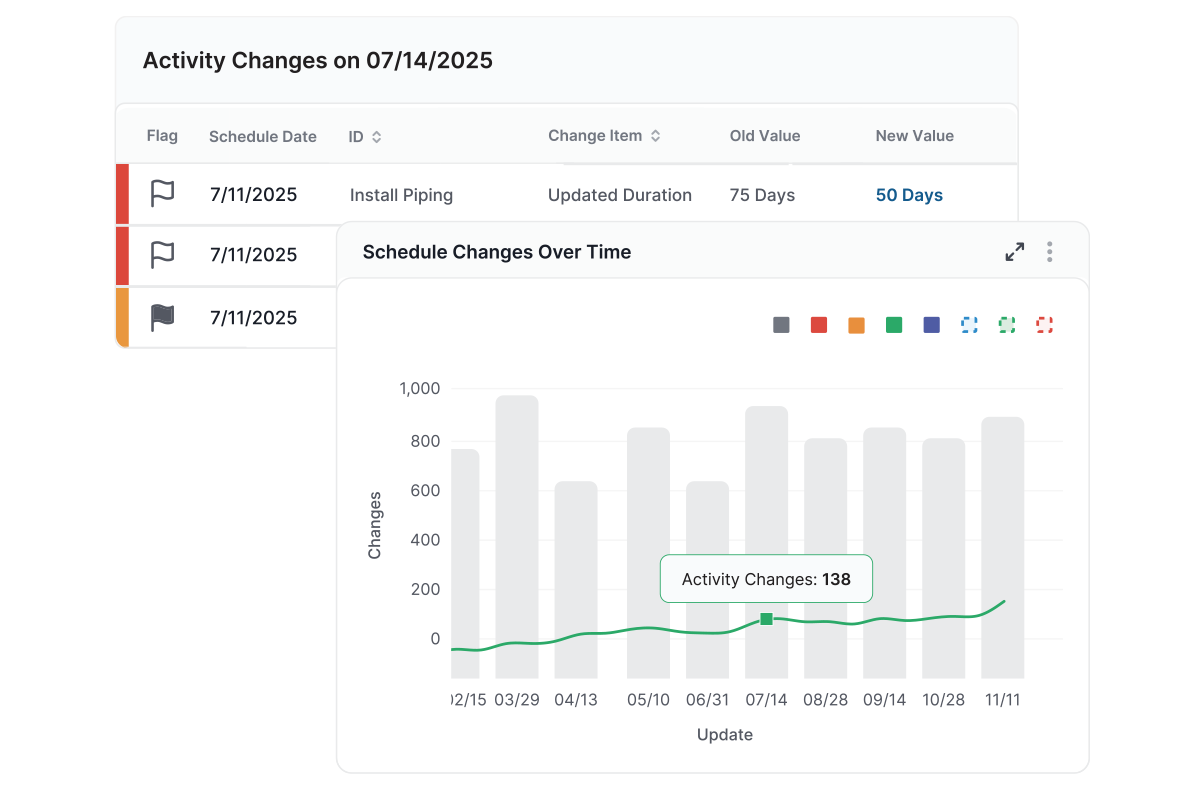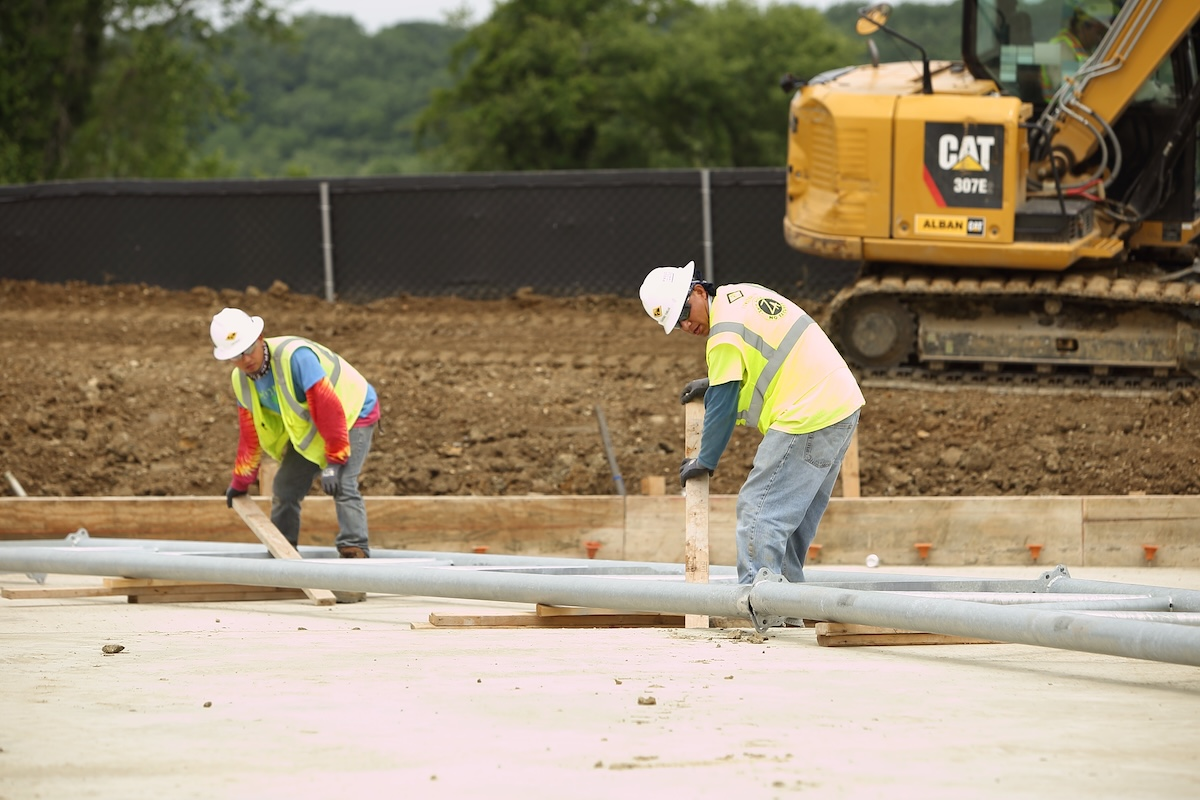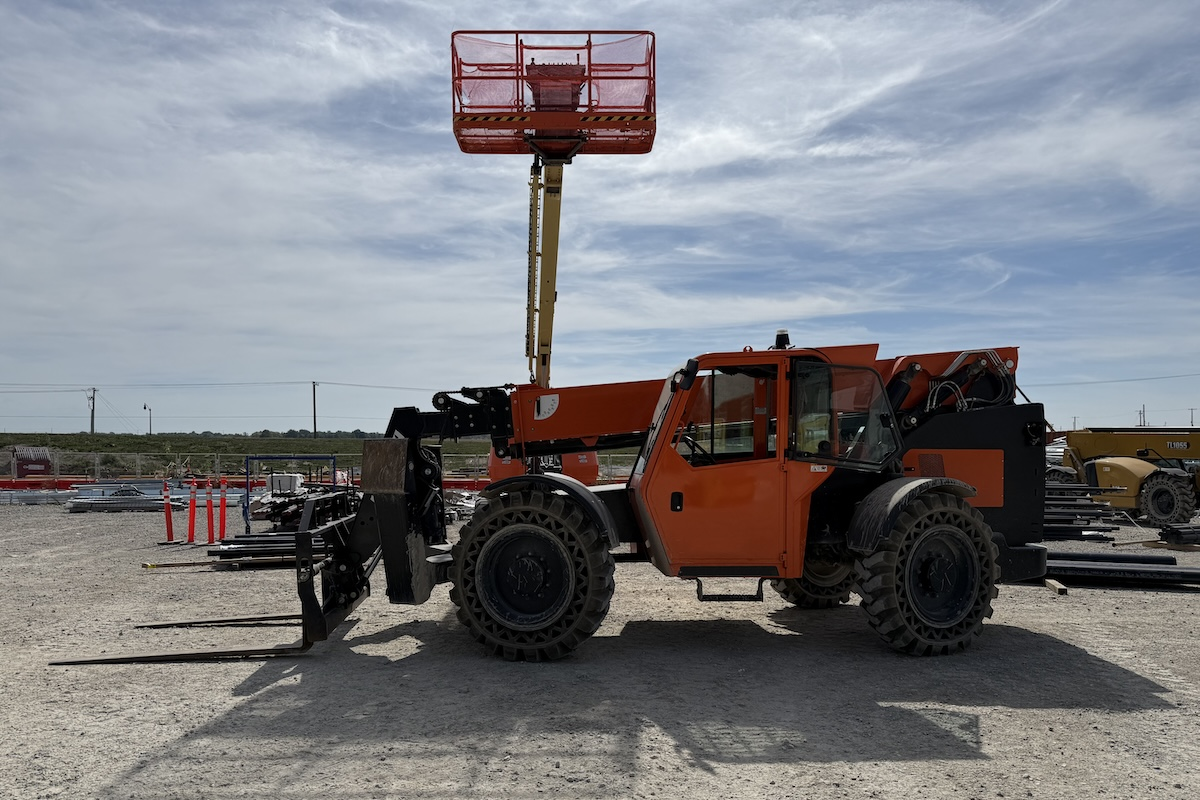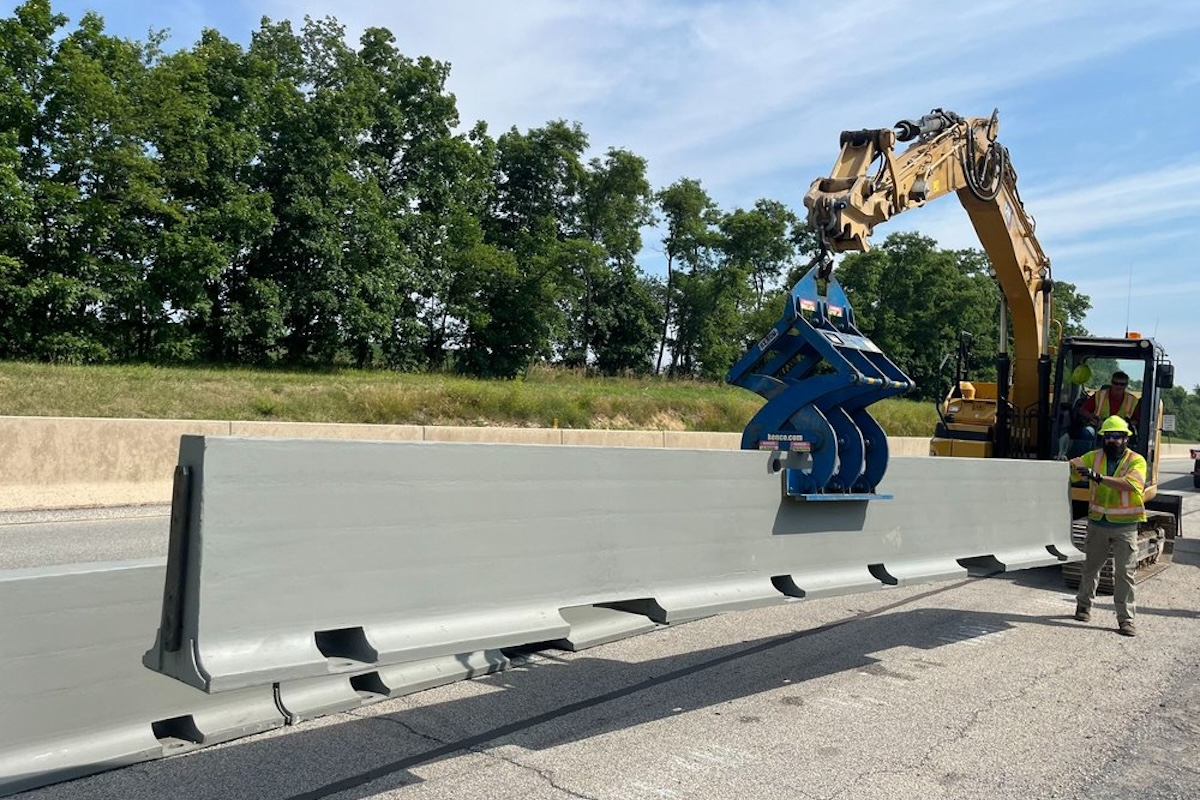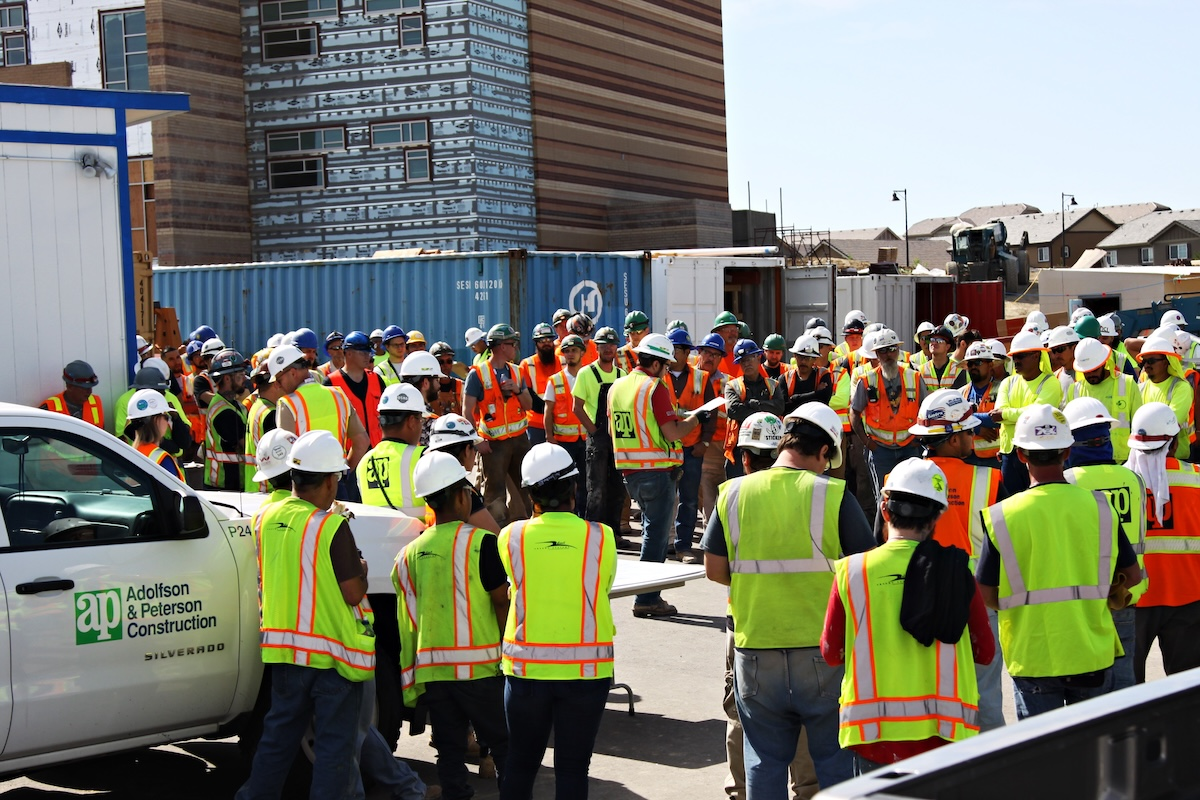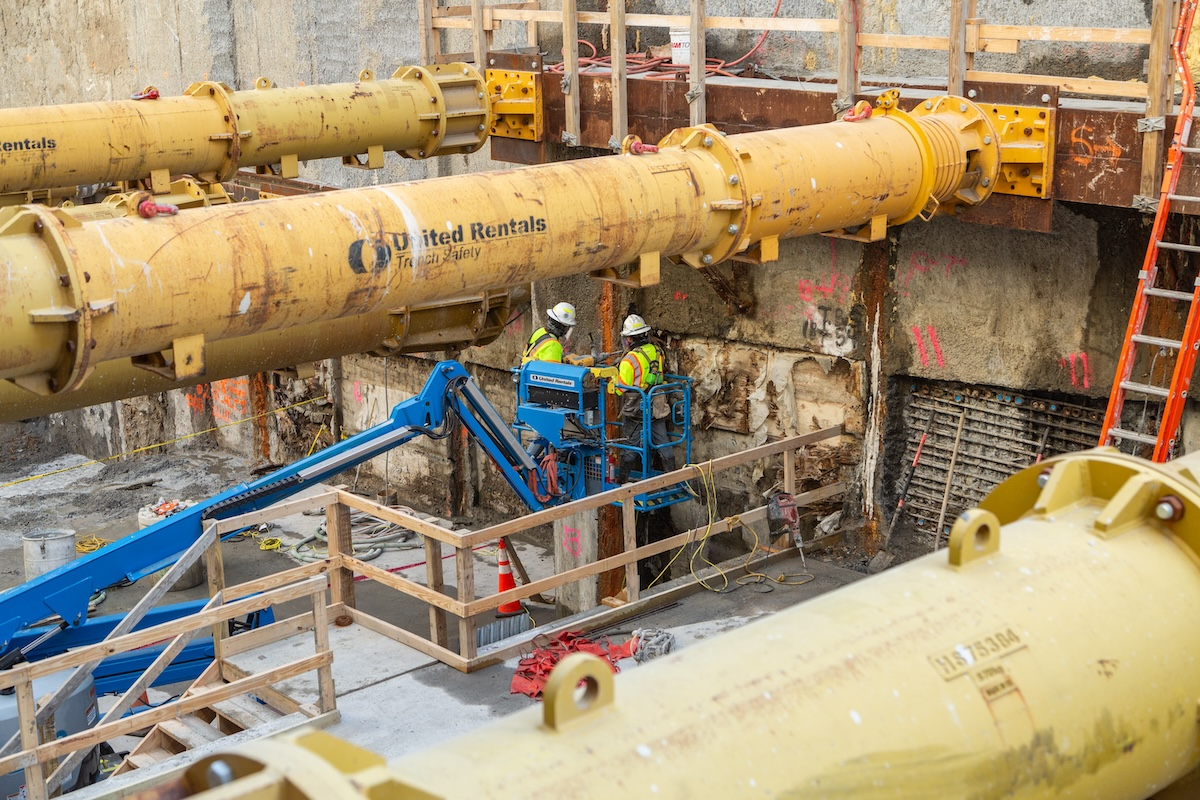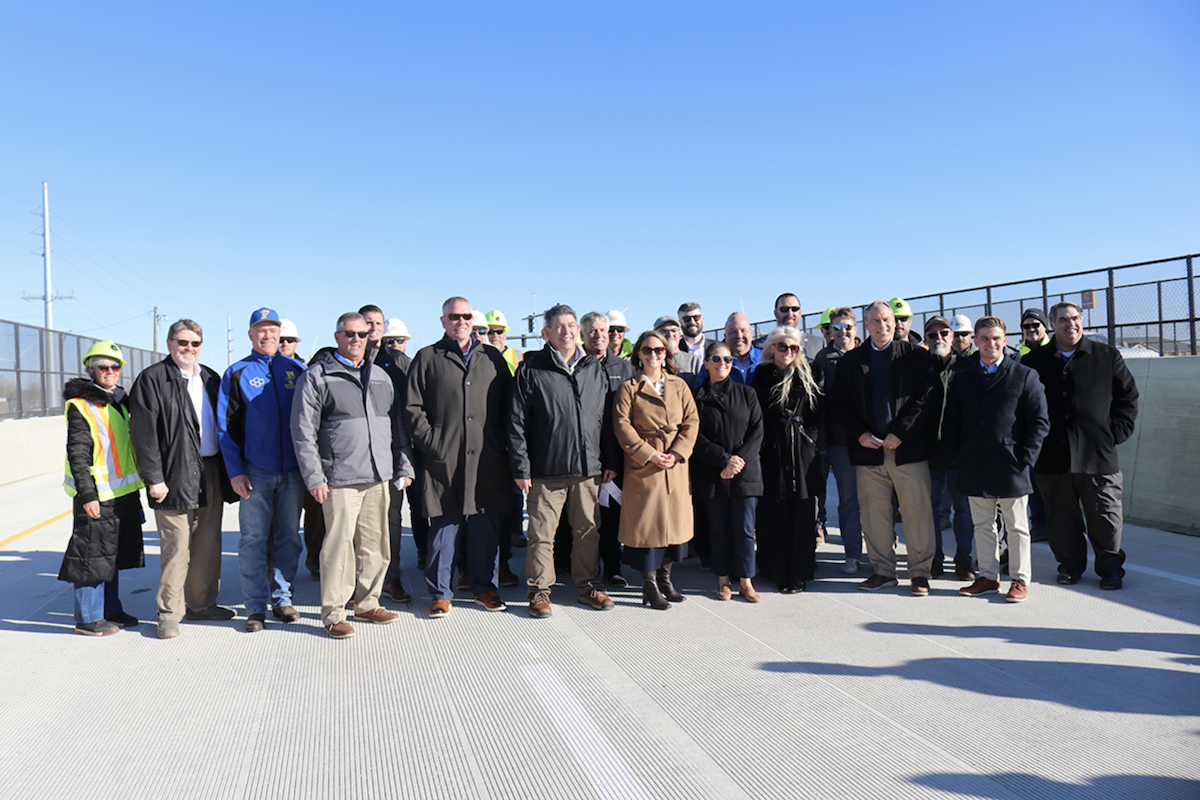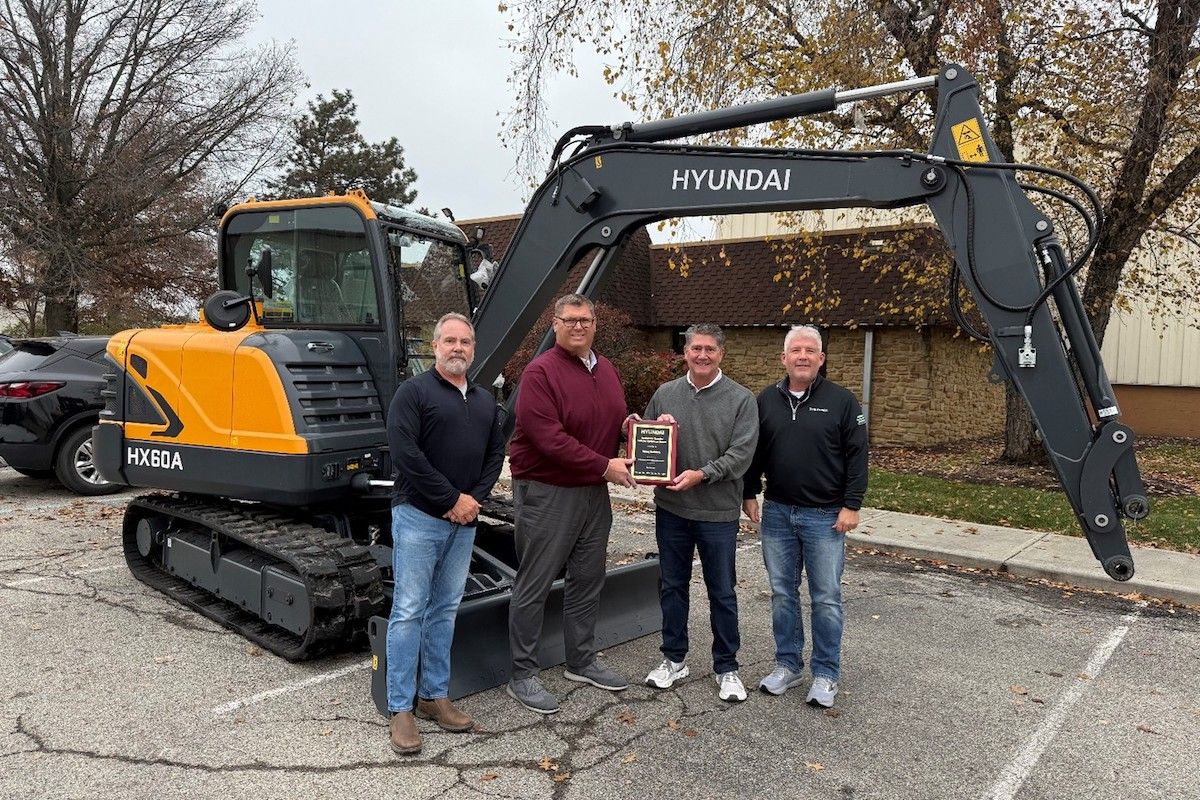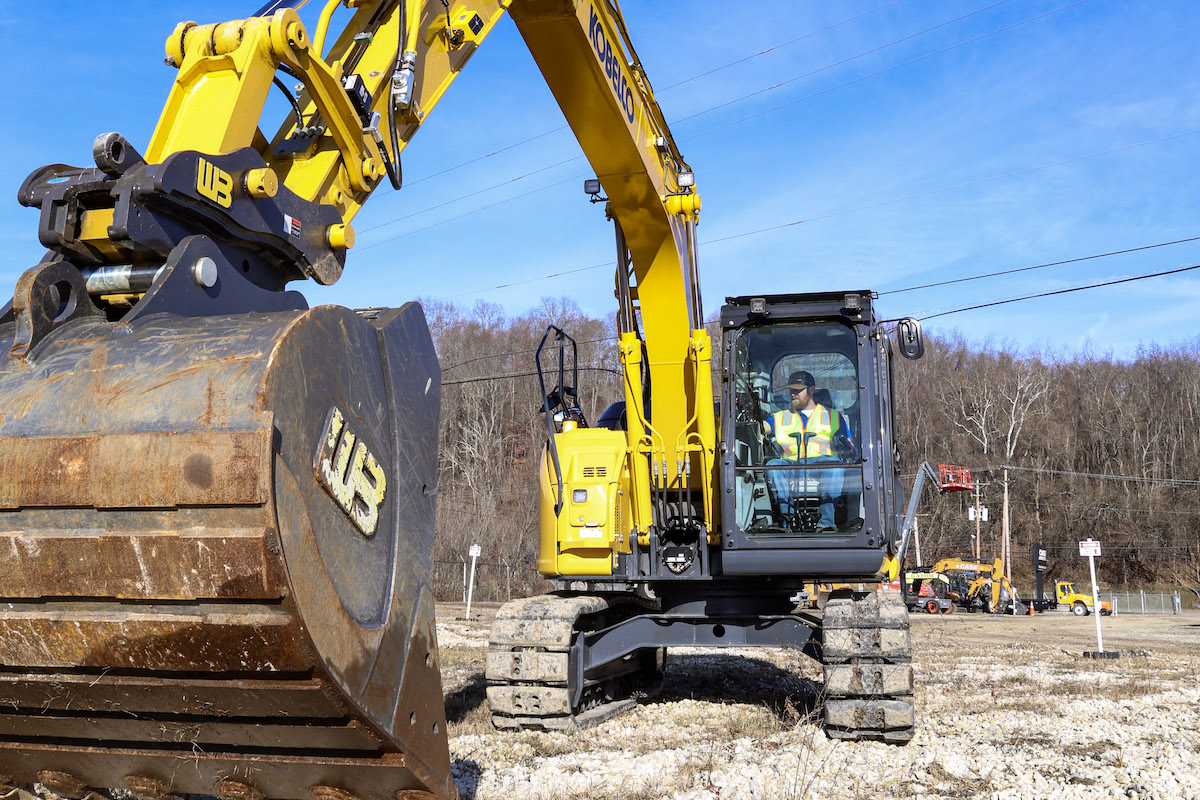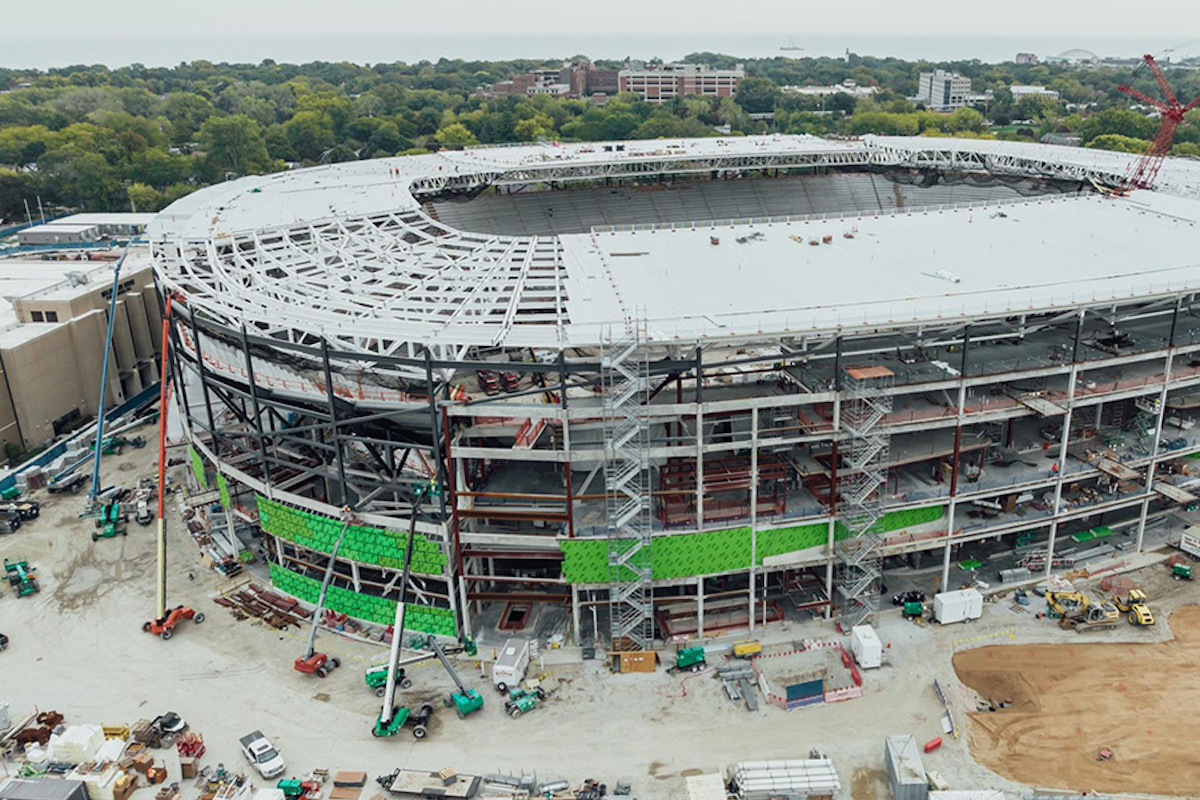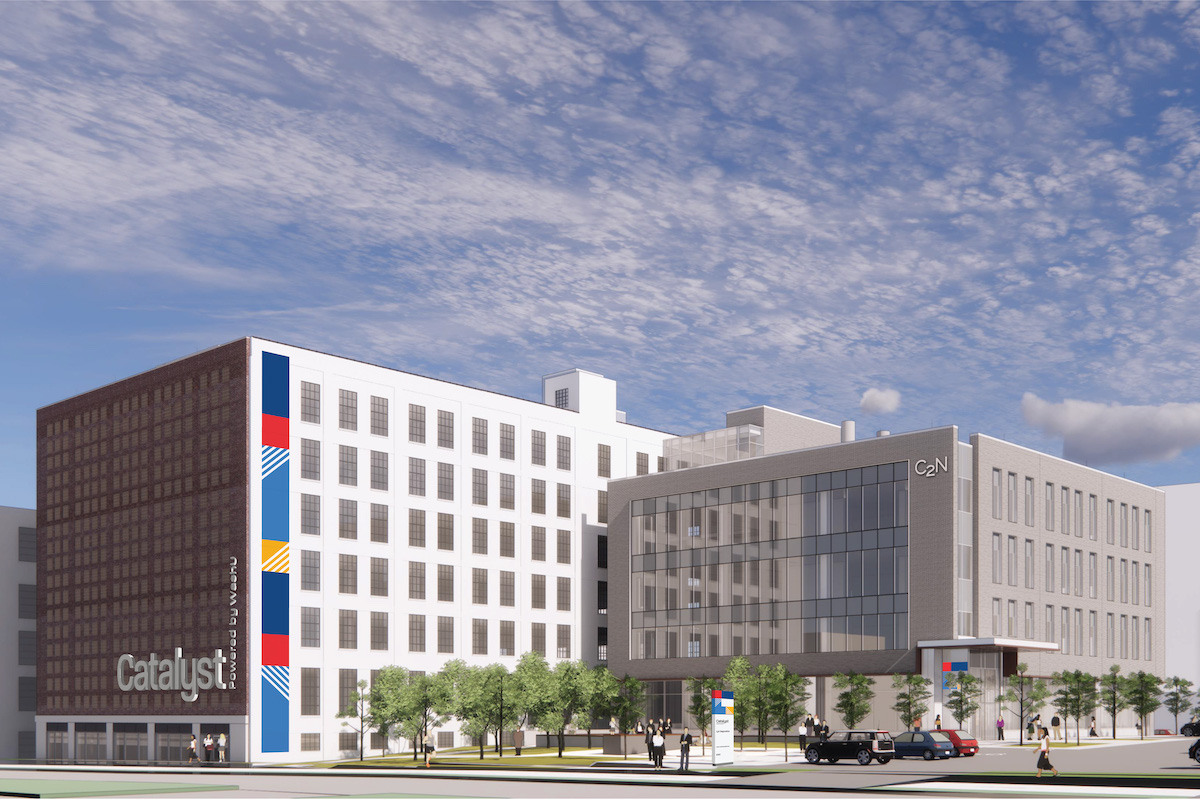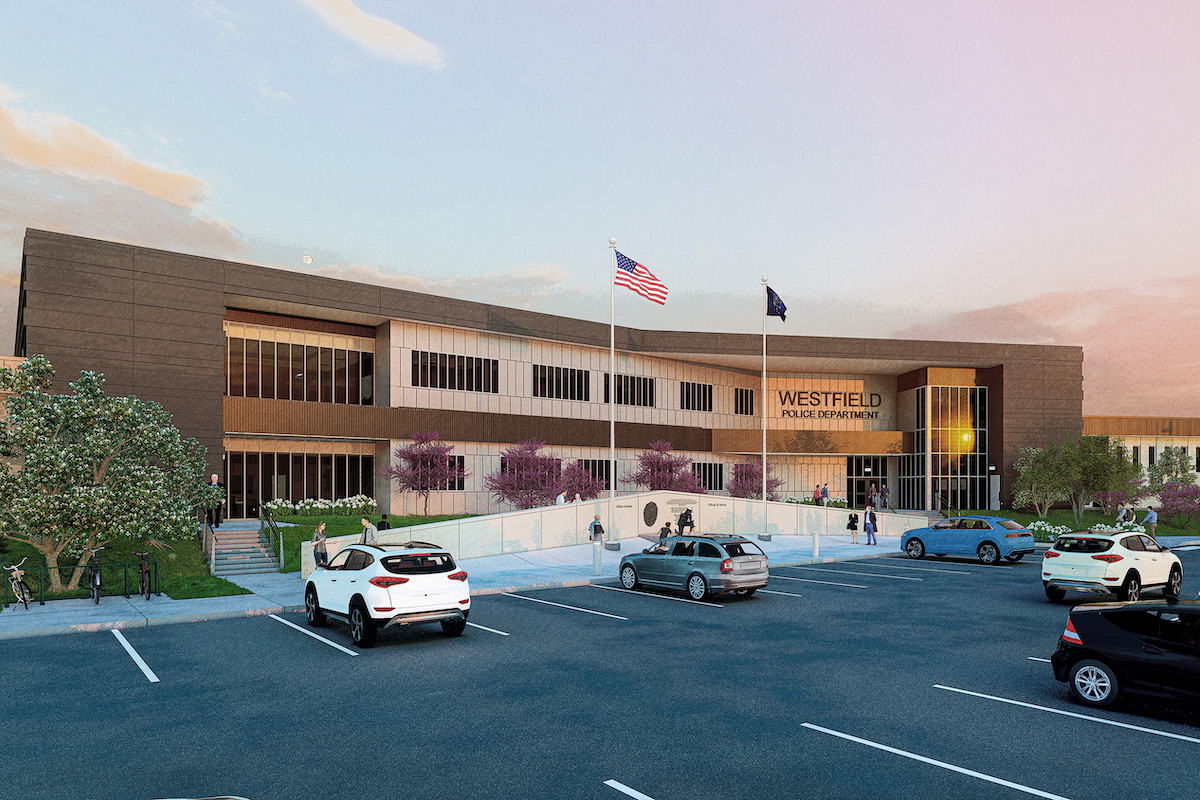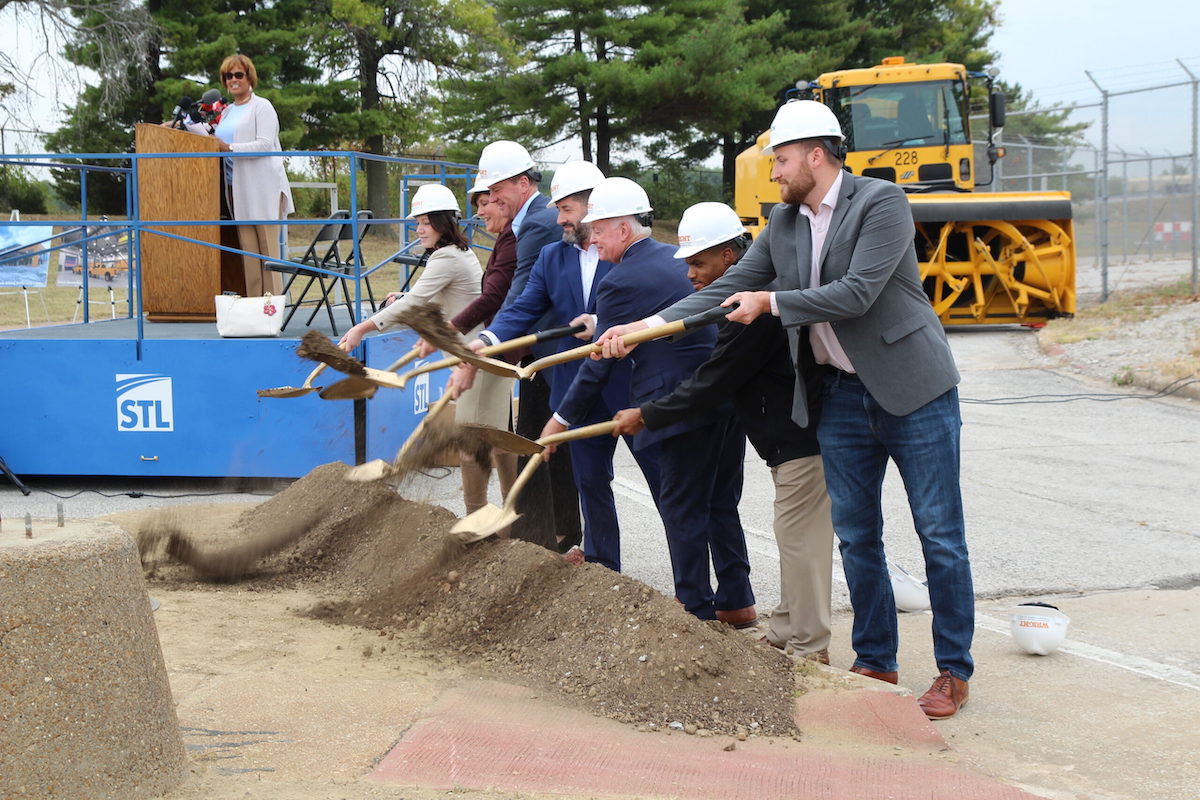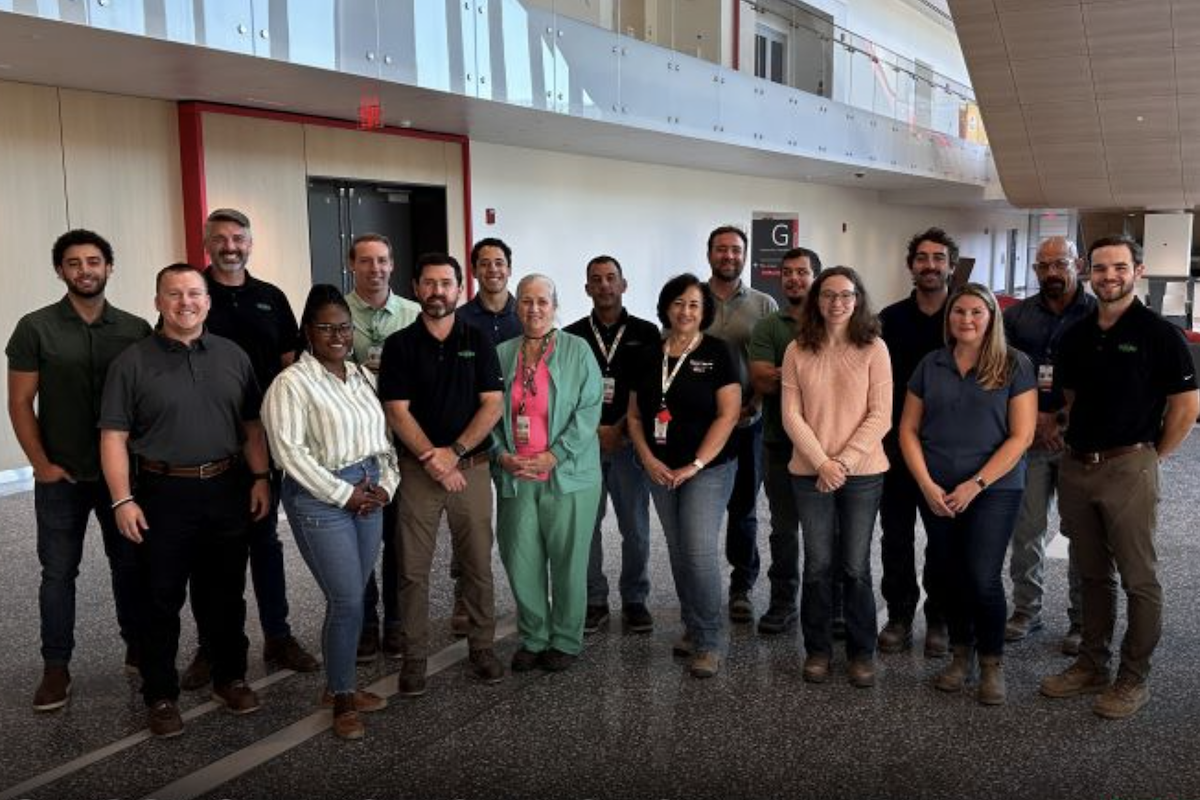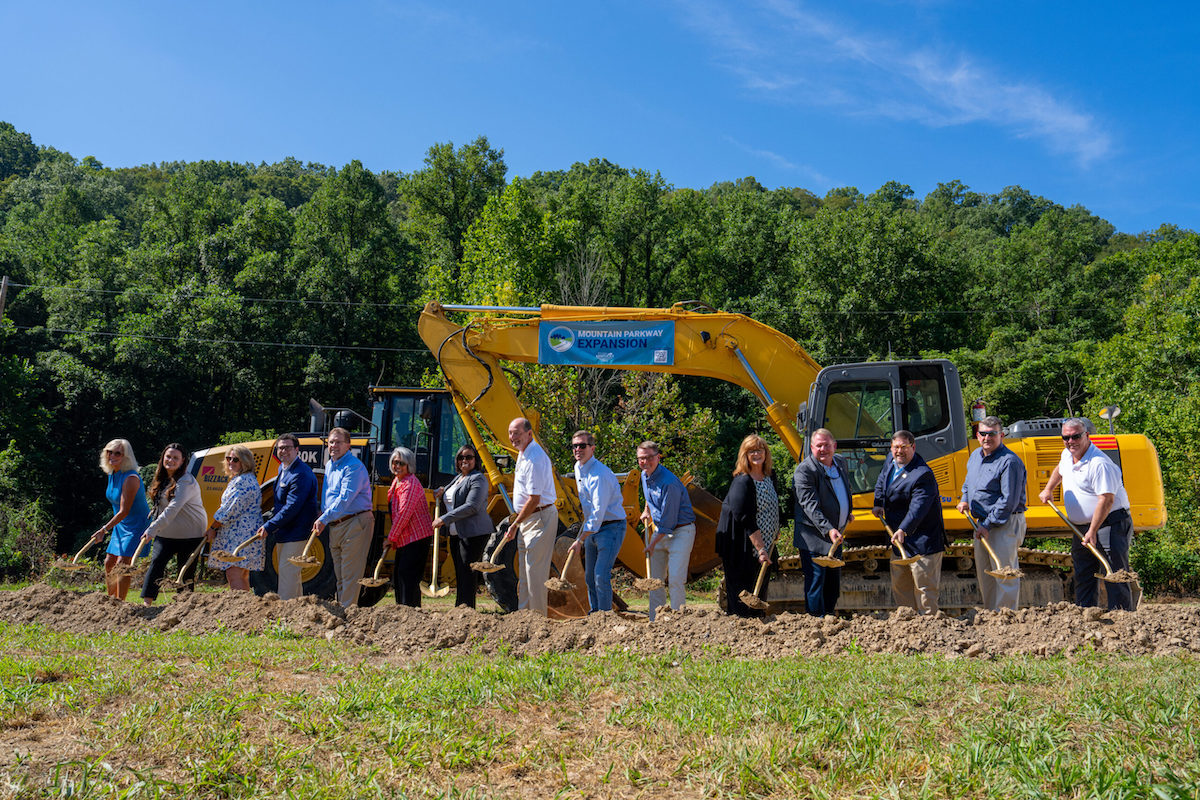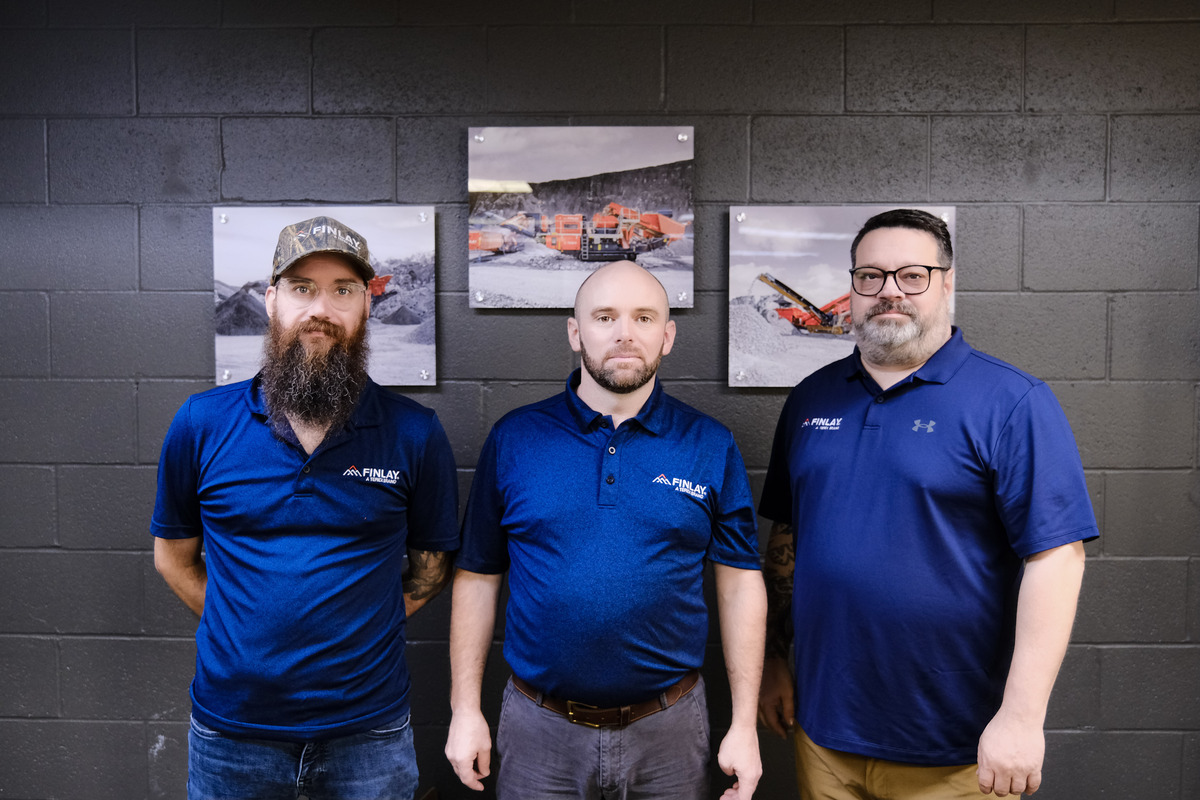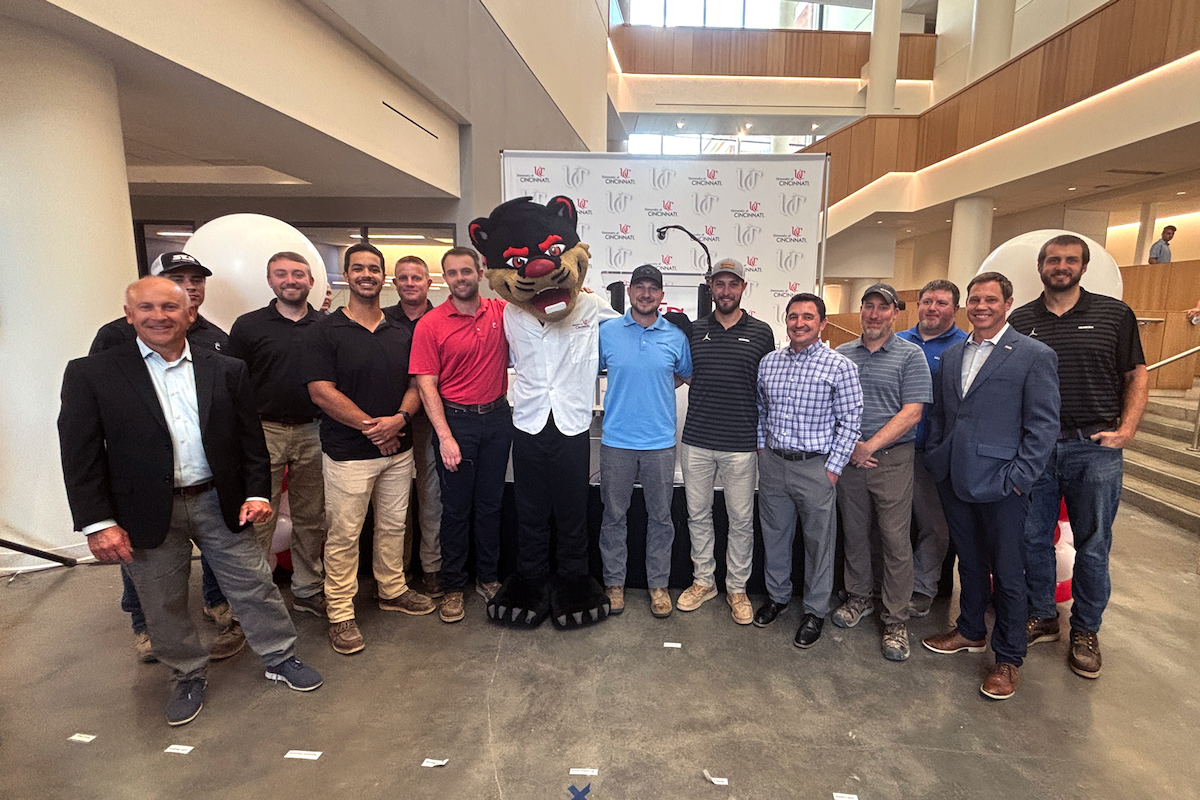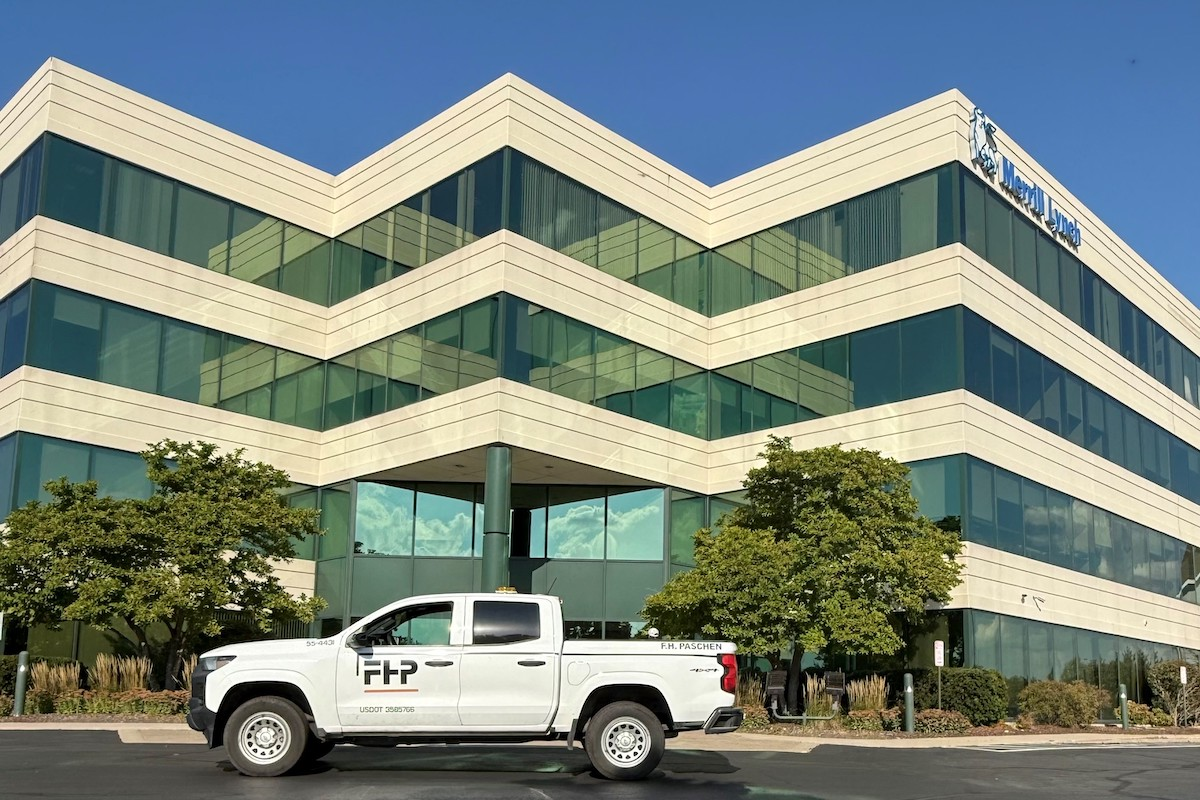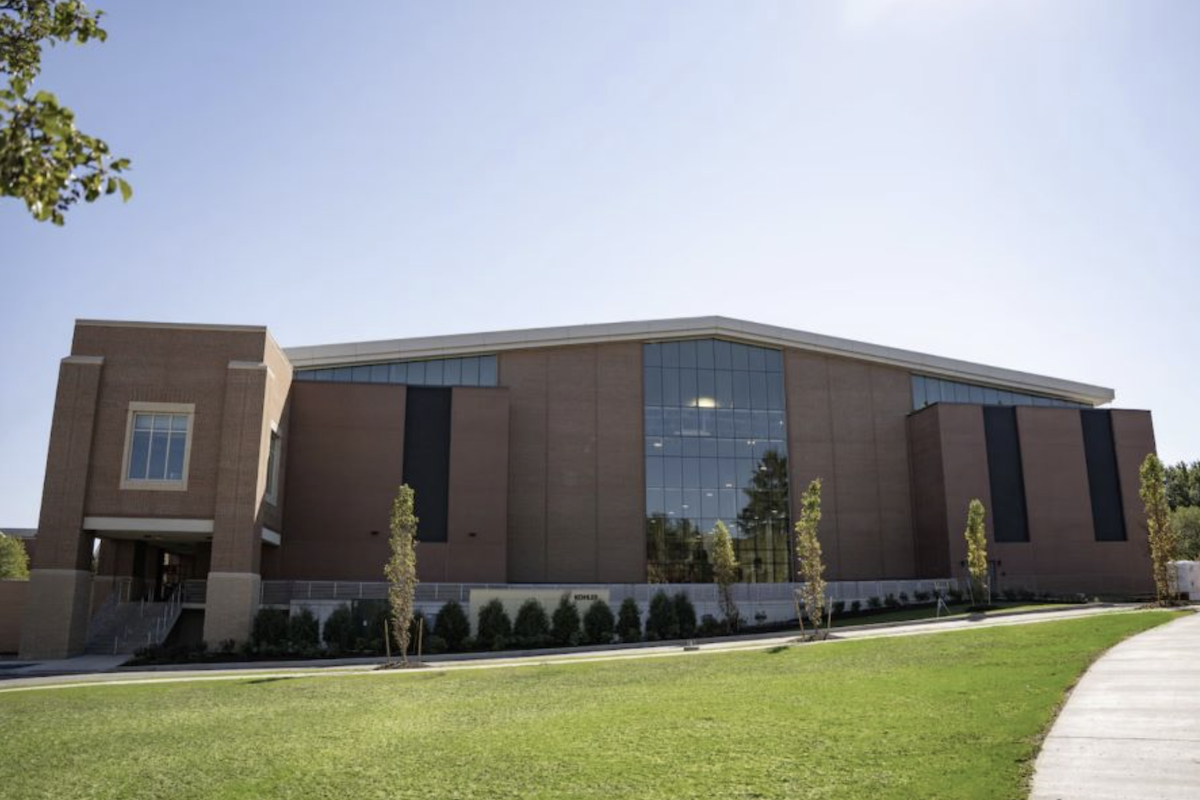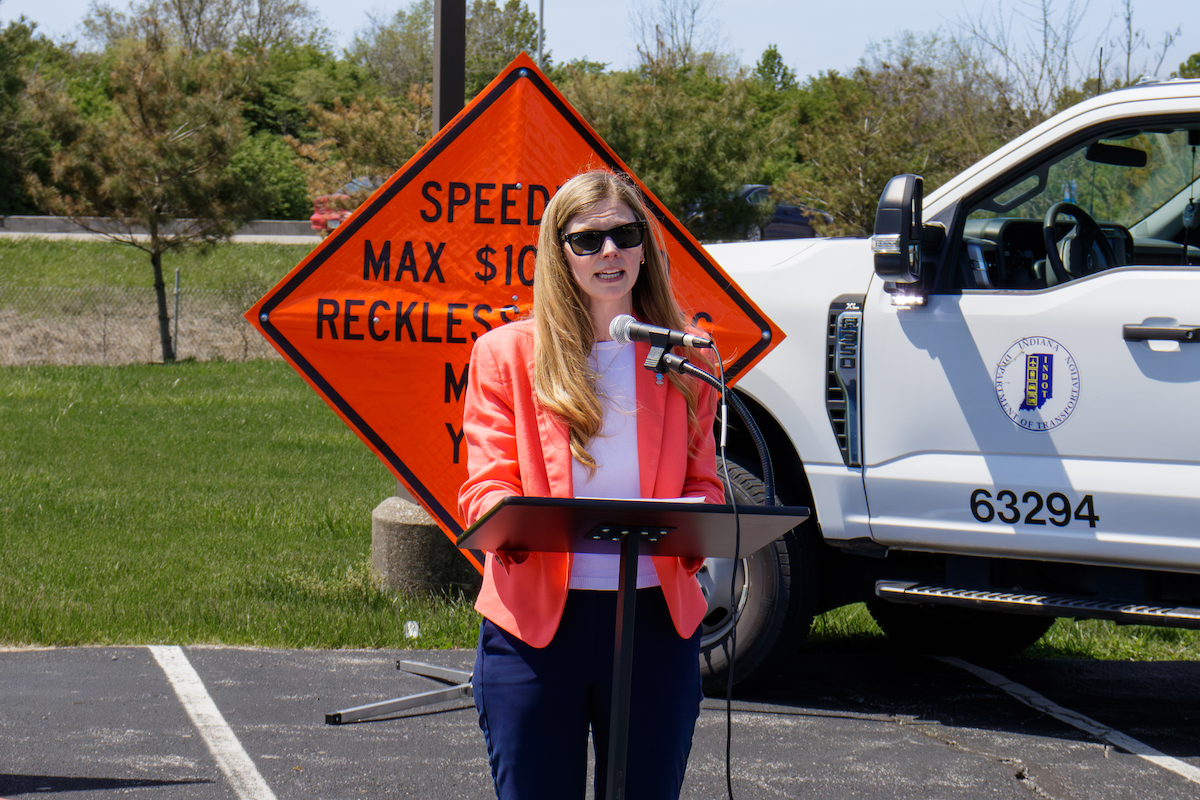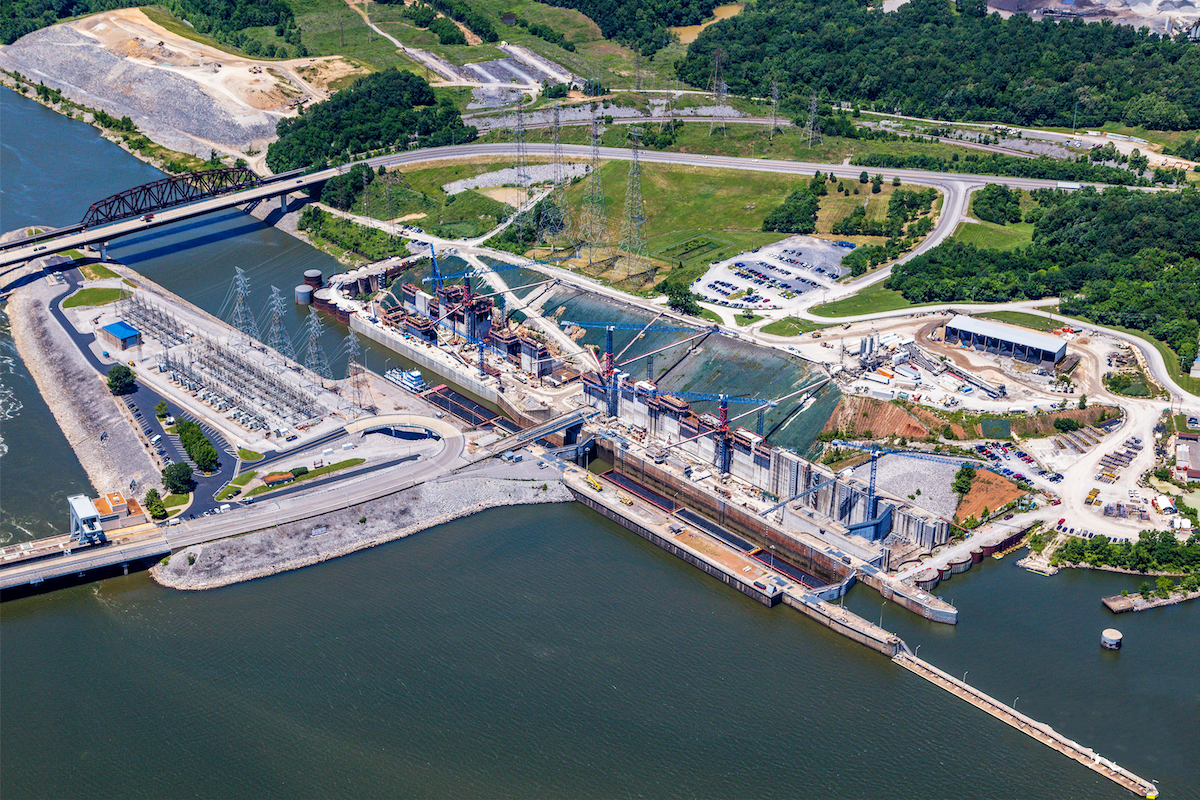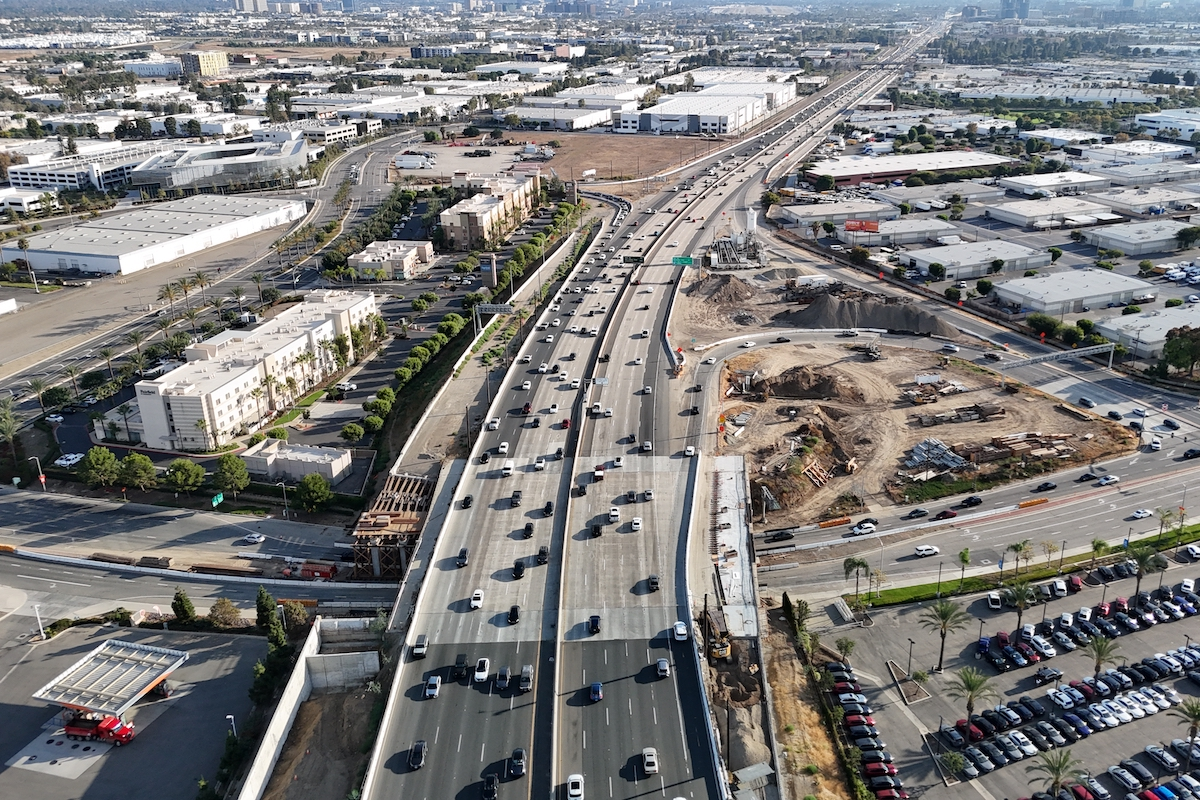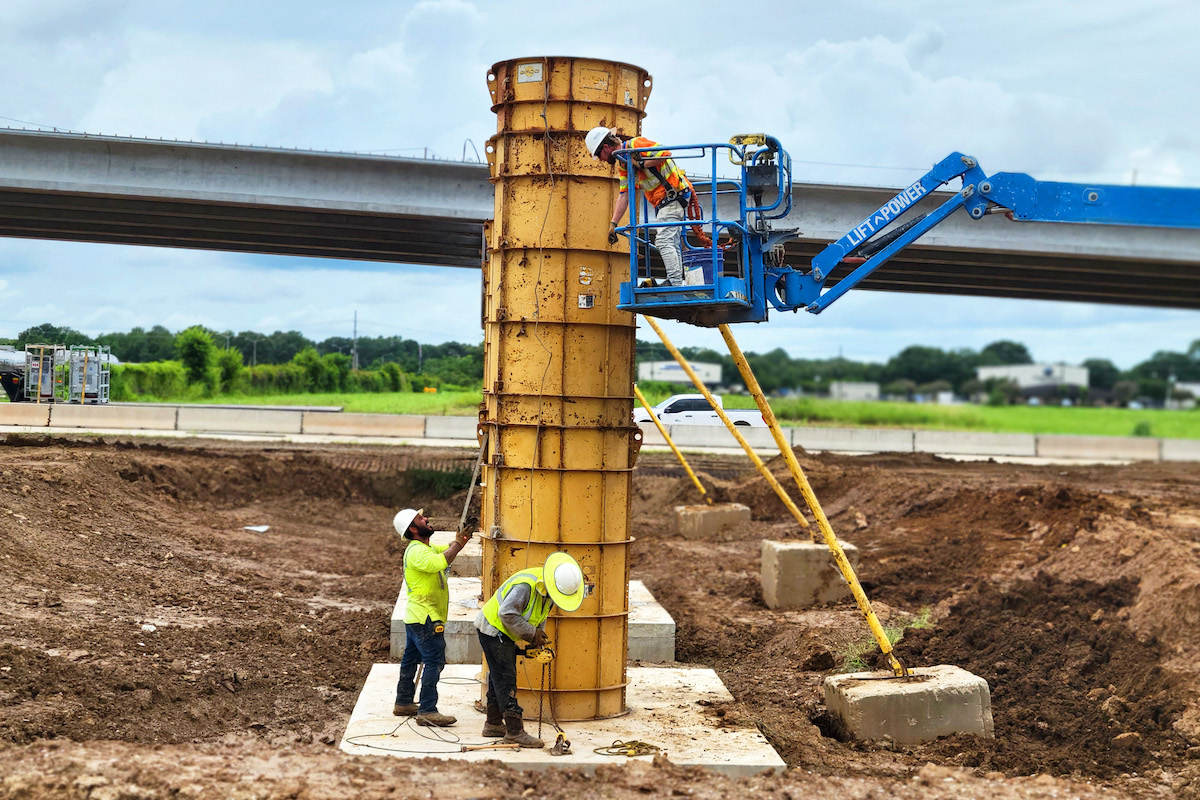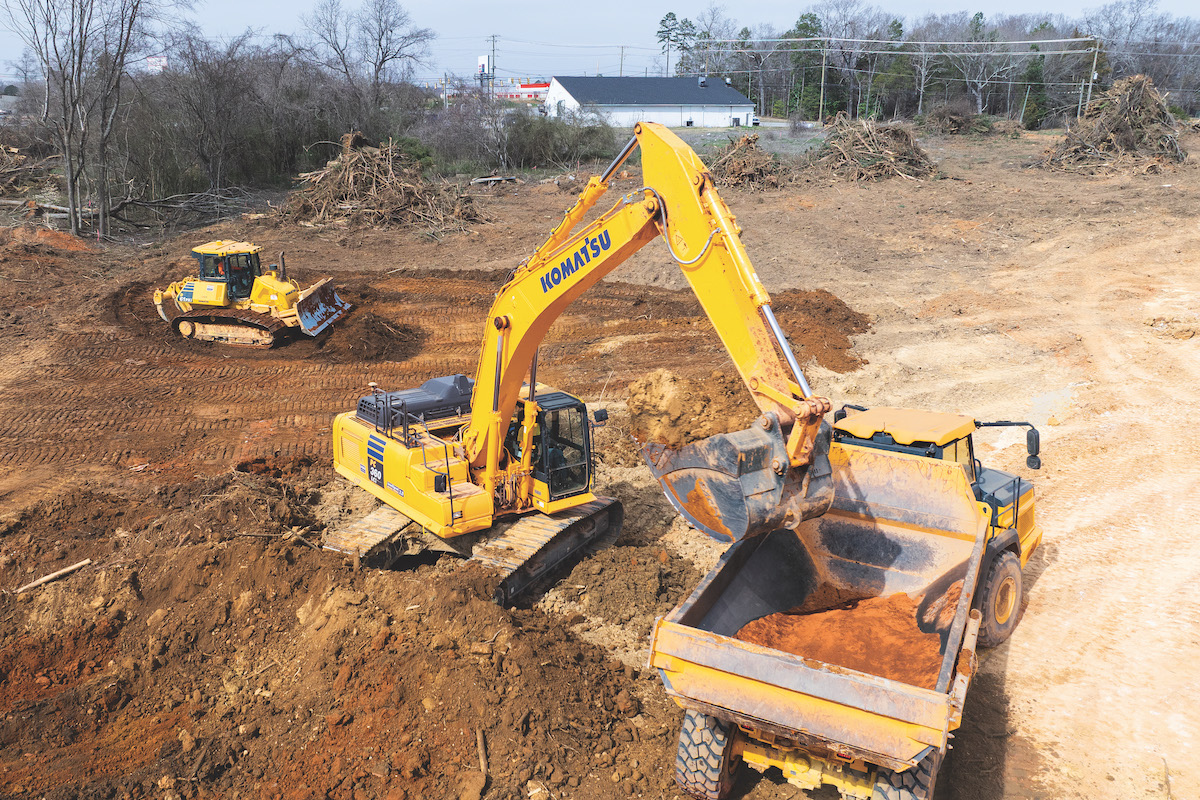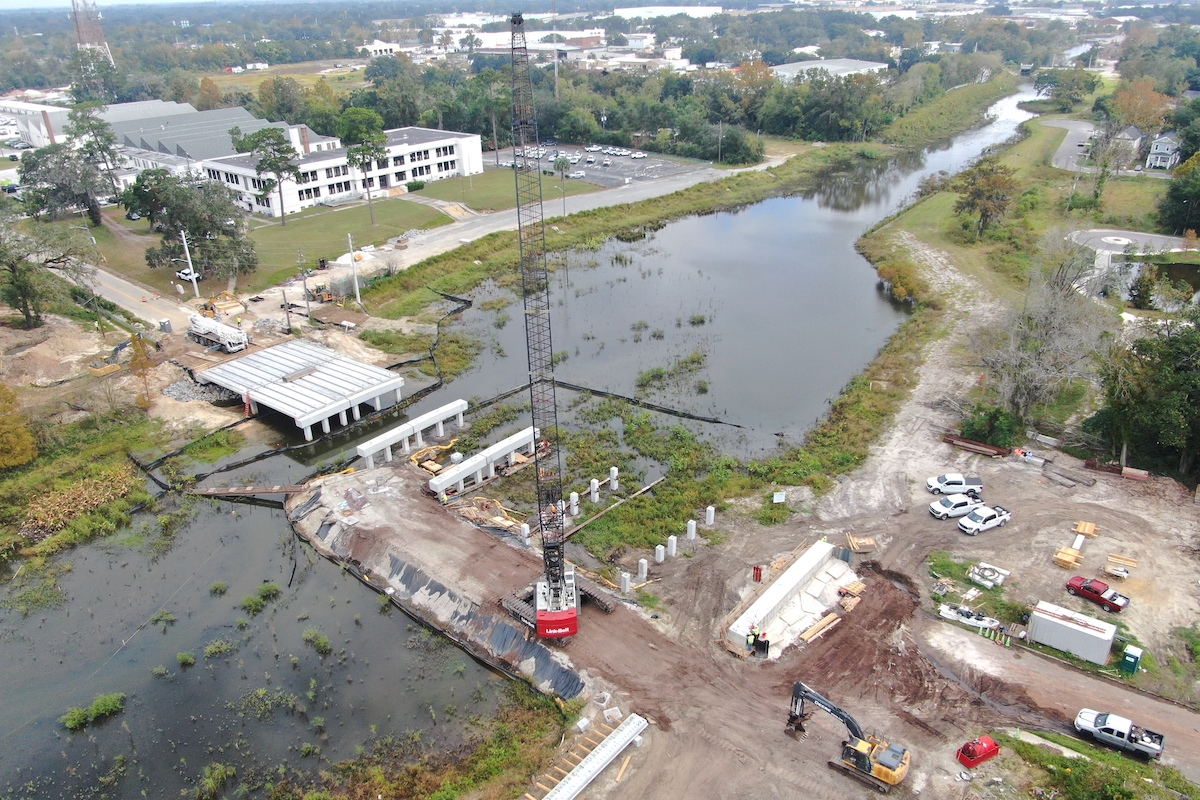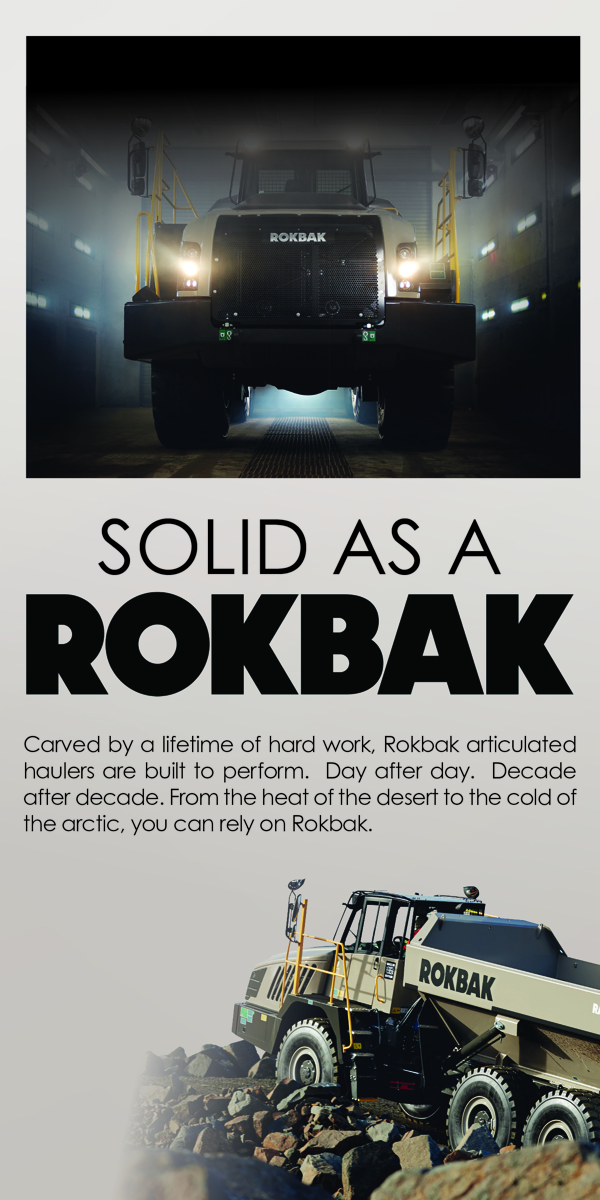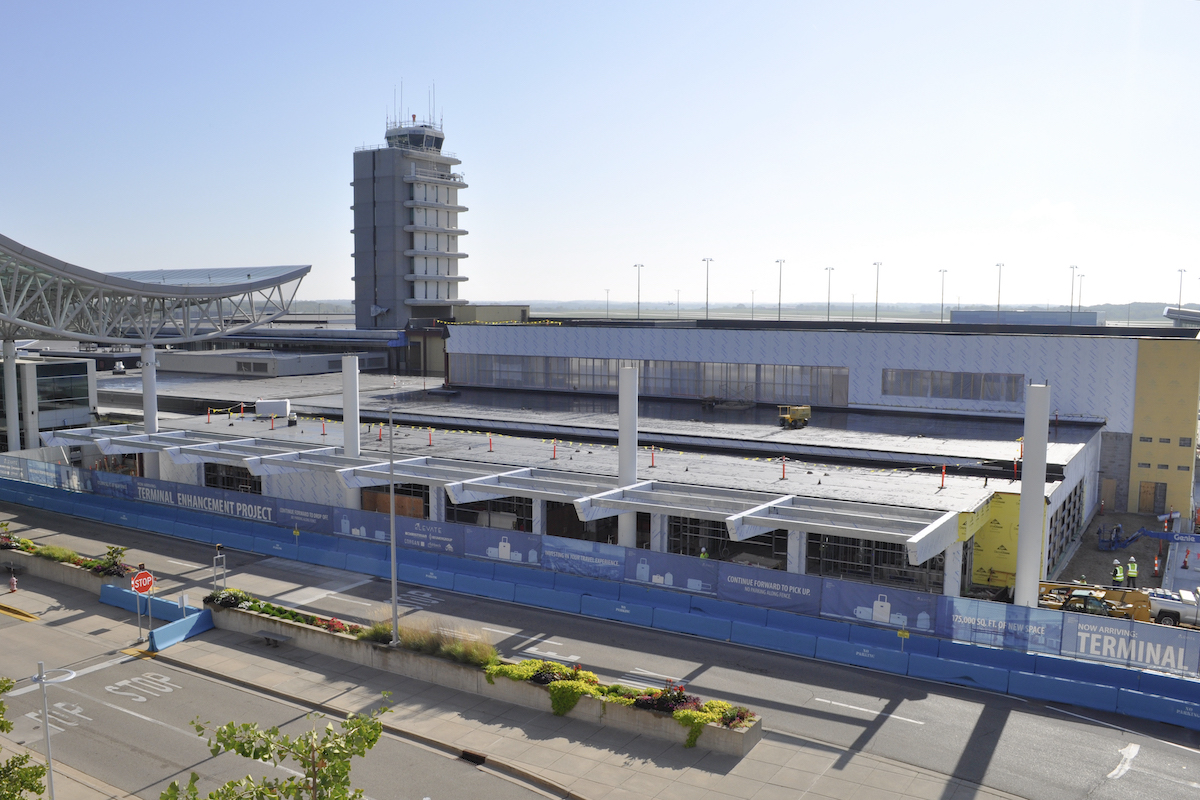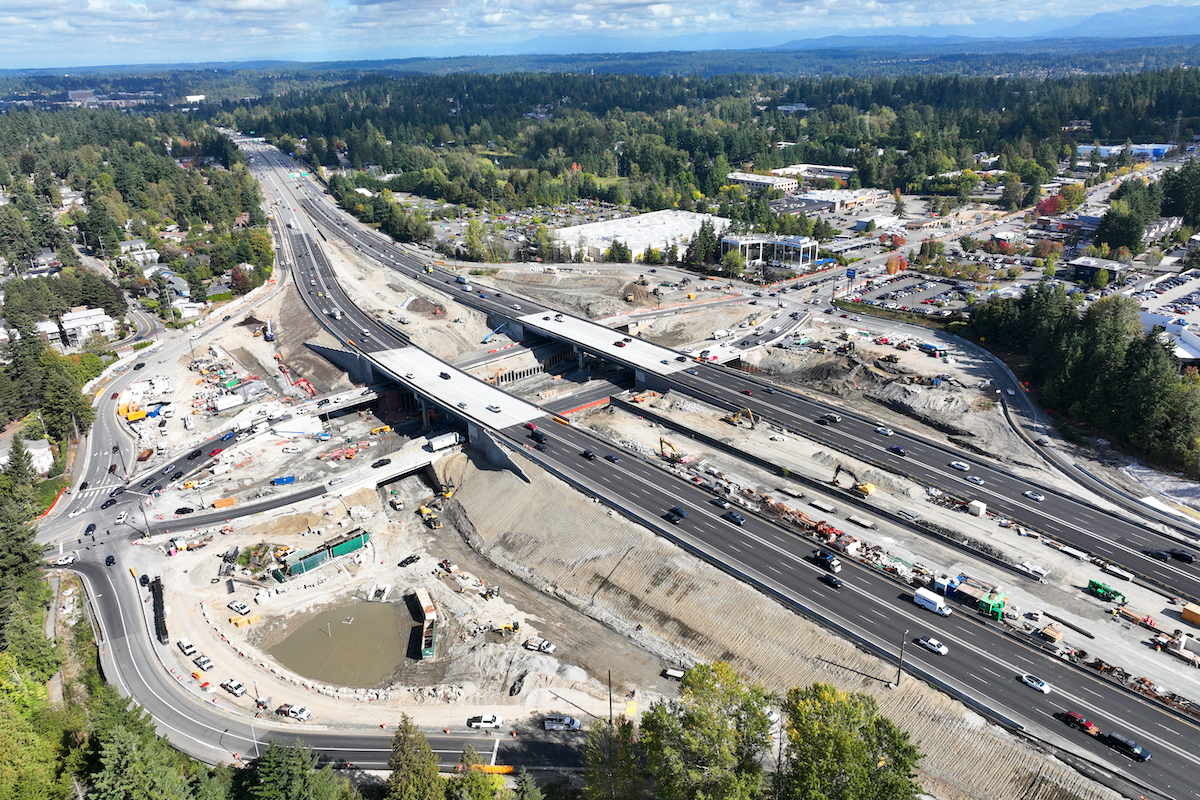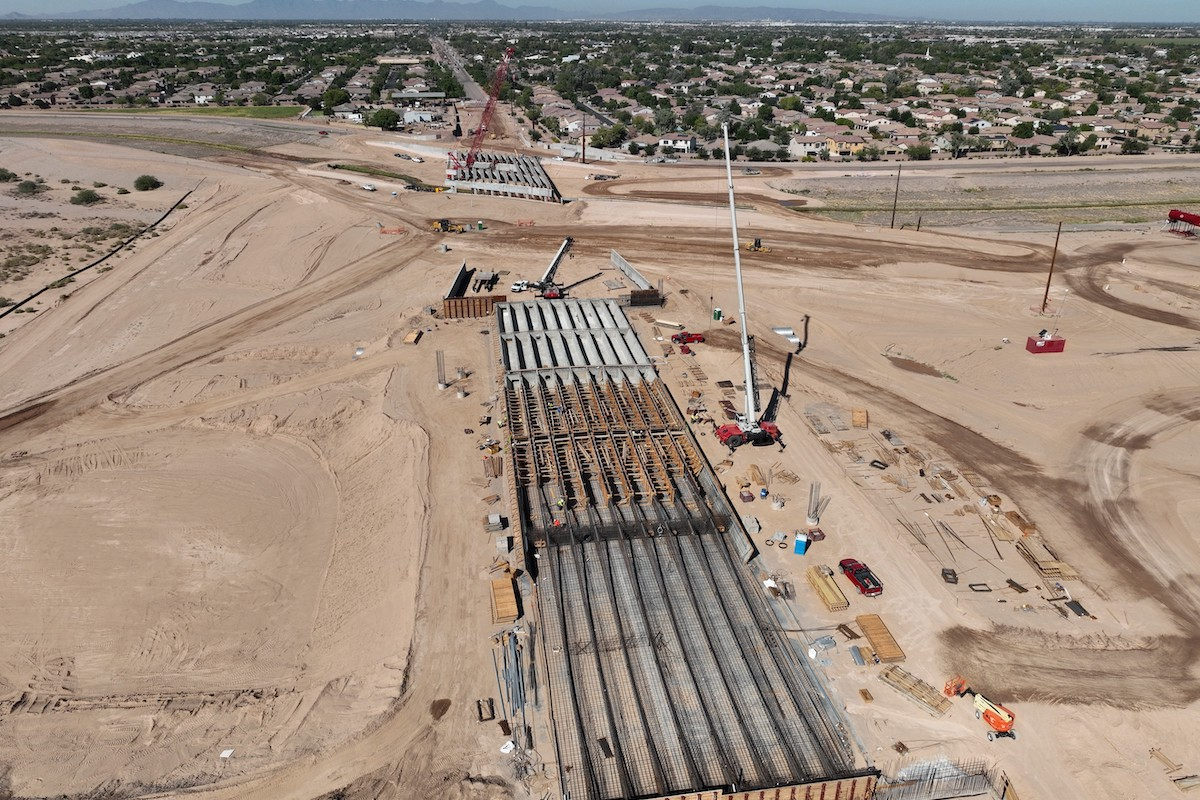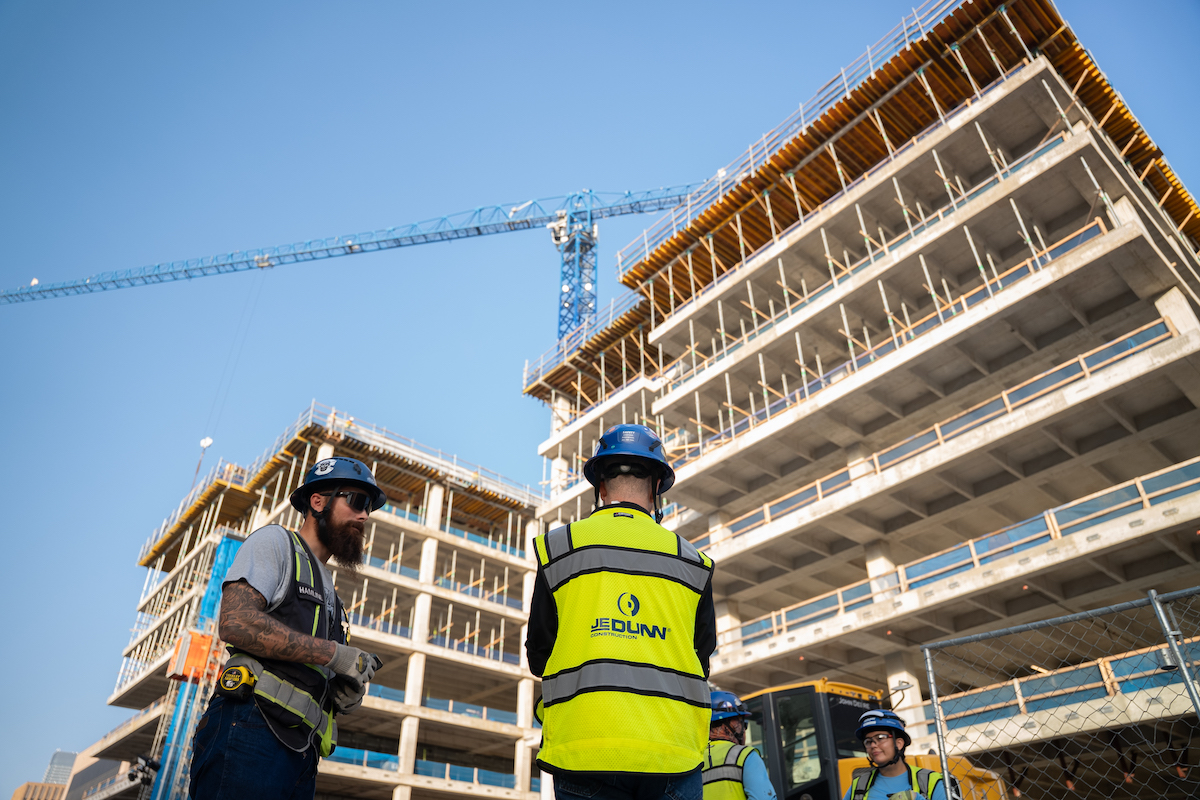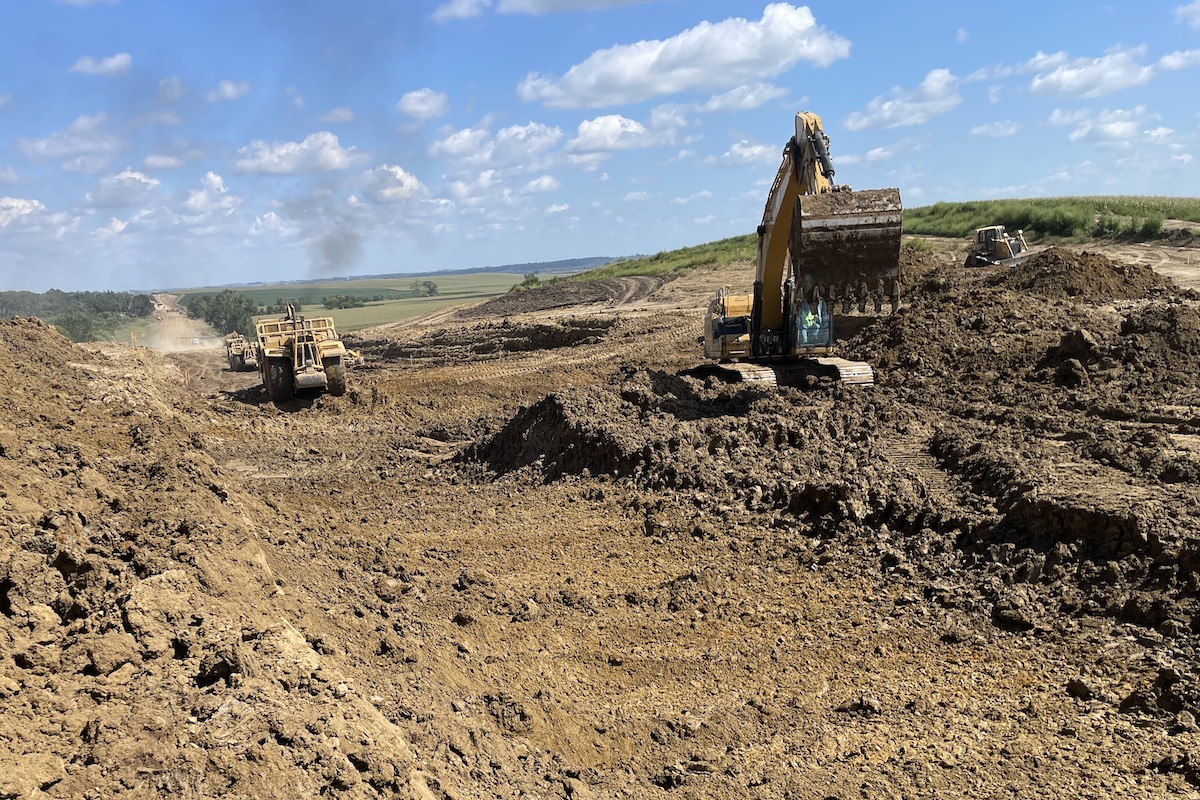ST. LOUIS, MO — An almost 7-mile-long sewer tunnel designed to improve water quality within St. Louis County’s Lower Meramec River Basin reached a major milestone when a tunnel boring machine (TBM) broke through the western end, completing its underground journey.
The Lower Meramec Tunnel, a sanitary sewer tunnel that reaches depths ranging from 78 to 286 feet, is now the longest bored tunnel in Missouri history. With digging now completed, it is on schedule to begin serving the Metropolitan St. Louis Sewer District (MSD) in 2025.
The main objective of the sanitary tunnel is to intercept flows and improve water quality within the Meramec River basin, completing a plan envisioned in the 1970s. The tunnel will facilitate removal of MSD’s interim Fenton Wastewater Treatment Facility from operation.
“After nearly four years, the TBM was able to successfully hole-through at the Fenton construction shaft ... which marked the end of tunneling for the Lower Meramec Tunnel,” said Everett Litton, PE, Project Manager and Vice President of Geotechnical Engineering at WSP.
As the tunnel designer, WSP provided preliminary, final design, and design services during construction for the MSD and has continued to provide engineering services since construction began in January 2021. WSP is working with HDR, prime consultant; Black and Veatch, construction manager; and SAK Construction, lead contractor for the project.

| Your local LeeBoy dealer |
|---|
| Brandeis Machinery |
The $174 million tunnel located south of St. Louis stretches from the Town of Fenton, on the western side of the tunnel, to unincorporated St. Louis County, where the pipe connects to the previously constructed Baumgartner Tunnel.
The Lower Meramec Tunnel is a major component of MSD’s Project Clear, a 23-year, $4.5 billion capital improvement program for its sewer system to protect public health and safety while ensuring compliance with regulatory issues and requirements. Started in 2011, it is part of the MSD consent decree program, an agreement established with the U.S. Environmental Protection Agency.
The excavated tunnel is 14.5 feet in diameter with an 8-foot internal diameter final lining. Boring by the TBM, nicknamed “Miss Briella,” occurred within limestone, shale, and dolomite rock formations and will operate under open channel and submerged hydraulic flow conditions.
Litton said that the project has remained on schedule, and that the only delay occurred at the start of the project with the procurement of a TBM machine from Solon, Ohio-based Robbins, a firm that specializes in manufacturing TBMs well-suited for hard rock formations similar to the Lower Meramec Tunnel’s challenging geological conditions.

| Your local Case Construction Equipment Inc dealer |
|---|
| Burris Equipment |
“Because a brand new TBM was procured it took longer to start mining, as opposed to refurbishing an existing TBM,” Litton said. “But having a new TBM became essential and helped mitigate any further risk of delay over the long haul. And the Robbins’ TBM performed great, so it was well worth the wait.”
The ground and groundwater conditions throughout the dig were similar to what was expected within the project’s geotechnical baseline report. Litton said they encountered hard and abrasive chert, which did slow down the machine, but these conditions were expected and baselined accordingly.
“There were two zones, particularly near the Meramec Bottoms drop shaft and the Friendship Village drop shaft, that ended up with quite a bit of groundwater inflow,” Litton said. “The contractor did ultimately need to make use of the machine’s ability to probe and grout within these zones to deal with the amount of groundwater. But these groundwater inflows were also expected and did not pose any overly significant difficulties other than a bit of a slowdown in the pace of mining.”
Not only will the Lower Meramec Tunnel provide significant environmental benefits when it begins operations, but carbon-reducing considerations were implemented throughout the construction process.

| Your local Wirtgen America dealer |
|---|
| Brandeis Machinery |
One significant example of this commitment involved the repurposing of an abandoned wastewater lagoon near the tunneling site to store approximately 352,000 cubic yards of excavated rock, known as tunnel muck.
“We were able to keep all of the tunnel muck on site and then reuse that material to help fill an existing lagoon that previously served wastewater purposes for the district,” Litton said. “Reuse of this lagoon kept the overall carbon footprint down considerably and removed a lot of the project’s impact from local streets, mitigating impact to the community as well as reducing carbon.”
It is estimated that repurposing the lagoon eliminated nearly 30,000 dump truck trips, reducing fuel consumption and wear-and-tear on both local roads and trucks.
The tunnel had to be built in a flood-prone area that has experienced record-setting floods within the past decade. While flooding was a concern throughout construction, high water has only caused minor setbacks to construction progress to date.

| Your local Bobcat dealer |
|---|
| O'Leary's Contractors Equipment & Supply |
The success of the Lower Meramec Tunnel project is expected to serve as a template for similar deep sanitary projects throughout the U.S. WSP already is working with MSD on the design of other Project Clear tunneling projects.
Litton attributed much of the success of the Lower Meramec Tunnel project to the efforts of his WSP colleagues, including Dan DeArmond, Senior Vice President, as Principal in Charge; Xiaomin You, Ph.D., PE, Assistant Vice President, Geotechnical Engineering as Construction Coordinator; Kyle Williams, PE, as a Lead Geotechnical Engineering Designer; and Jennifer Kuchinski, PE, Senior Vice President, as the project’s previous Project Manager.
Litton counts the Lower Meramec Tunnel as one of the most significant and locally impactful projects he has led in his geotechnical career, not only because of the size and impact of the project, but because of how it helps to improve quality of life in the town where he was born and raised.
“The Meramec River Basin is a regional asset. I’ve water skied, canoed, and fished these waters growing up,” Litton said. “It’s nice to give back to a place that has always been important to me and improve the environment within this watershed for the long haul. I'm very happy and proud to have played my role.”






